Luxury is going to drive the final in the coffin!
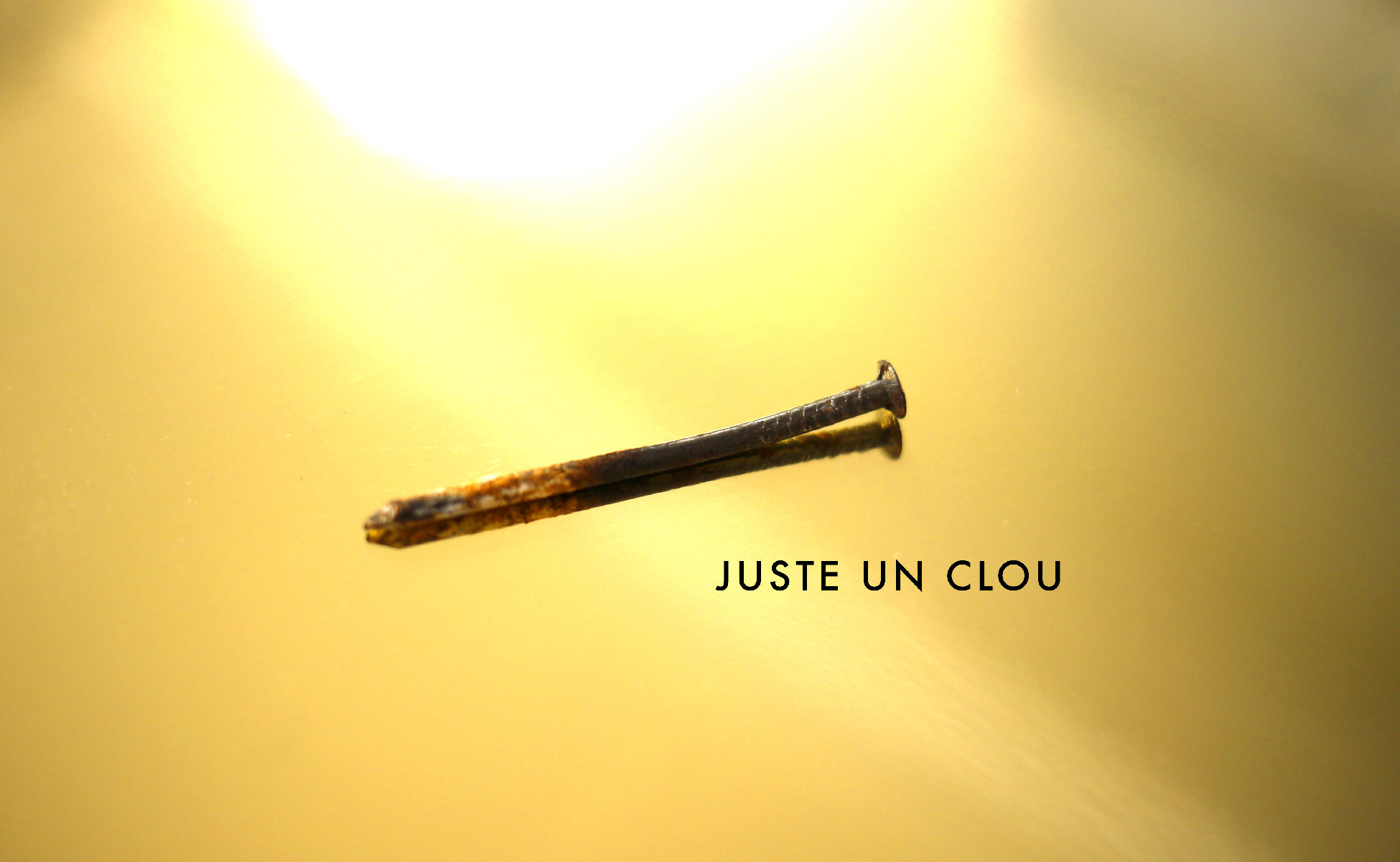
With the Juste un clou bracelet, Cartier shows us that luxury has lost its superbness. In addition to being only accessible only to a select happy few and making the others drool, it sometimes takes us all down.
Just a nail that costs an arm and leg
The other day, during a digital walk, Mathias came across an advertisement for this "new" bracelet from Cartier, the Juste un clou.
Here is the advertising film of the nail in question. Gleaming cars, motorcycles to take off and VIP nightclubs, all interspersed with entrechats because it's pretty. We are in full in "the Jet Set has fun".
And since you have to strike while the iron is still hot, here is the epidermal comment he had left on the ad page:
"Dear Mr. Luxury, I know you're doing well, well from your CAC40 cousin, I understand your growth is brisk. I don't doubt it. I have a question though: "is it me, or is it just a nail? My buddy Joseph has the same question. I know he's golden, the Ducati has silver pistons, and riding around in a parking lot with a siren is an undeniable marketing argument.
But don't you have anything more useful to promote? What happened to your goldsmithing skills? Your infinite creativity? Your taste for craftsmanship?
Mario, my plumber buddy is asking the same question.
I probably missed the deeper meaning of wrapping a gold nail around my wrist. Especially when I imagine that with this budget I could buy 1450 boxes of new, straight nails. Isn't there a form of contempt? Contempt for the worker and his noble tools? When will I get a 9999€ garage bolt?
In fact, I thought that luxury was a dream, and elegance. Here it is ostentation tinged with contempt. Finally I feel rich with my stainless steel nails!"
Just a hammer
After some research to understand this story of nail, we realize that we are not the only ones to be irritated by this Cartier ad! Thus Alex Ramirès, in the show "Quotidien" of Yann Barthes, had fun to parody it at his hardware store! A hilarious clip...
A story that nails it
Yes, because to sell a nail bracelet between 3 000 and 84 000€, you need a solid marketing story!
The number one argument is that it is inspired by a bracelet designed in the 70s in the United States. So it's a kind of hardware recycling, a second hand nail revival.
Officially, we are in the spirit of the 70s, "a festive and free time" as stated on the Cartier website. Looking at the images, as we said above, we are rather in the self-centered trip of golden youth on Instagram. The gap is obvious, but let's move on.
At the time, we owe the idea of the nail bracelet to the designer Aldo Cipullo. A friend of Andy Warhol, he imagined an 18k gold bracelet from a simple lambda object. Each bracelet is signed by the artist and stamped with the date of creation, a bit like a found object. He explains that "this hardware, as hard as it looks, has a real warmth that is essential to jewelry." The designer is also credited with the Love bracelet designed in 1969, which would quickly become an iconic piece for the house of Cartier, after being passed around the wrists of Grace Kelly and other stars. Inspired by chastity belts and hardware screws (always), this bracelet can only be closed with the help of another person (and a small gold screwdriver), becoming a symbol of a unique and devoted love. For life and death.
The Love bracelet from Cartier
Popular art and offbeat
It is necessary to go back to the 70's to better understand the approach of this detour. Everyday objects were then real sources of inspiration, and art and jewelry were no exception. One thinks of Warhol's Campbell Soup and his silk-screened series of objects from everyday life, or precisely this bracelet taken out of a toolbox. Unisex and almost trivial, Cipullo's jewelry is also a way to break free from the codes of jewelry.
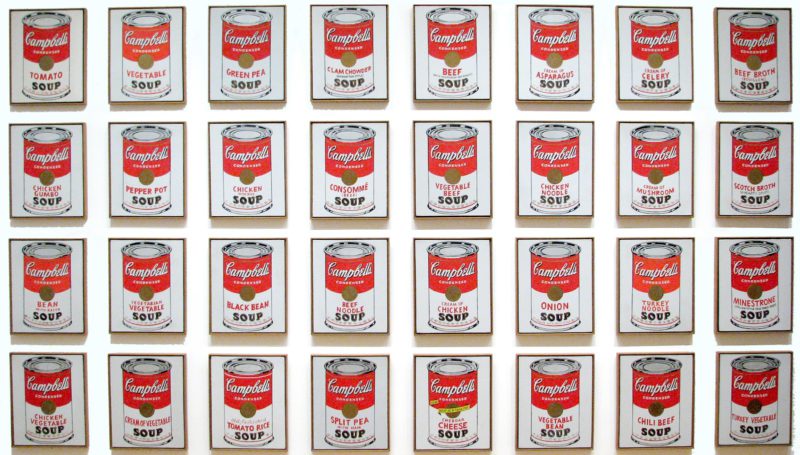
Warhol's soups and Cipullo's Just a Nail bracelet, 1970
Pop Art, this popular art, aims to make the beautiful accessible to all, but also to point out a certain absurdity in the emerging mass consumption. By reproducing everyday objects and transforming them into works of art, artists and designers break the distance between luxury and consumer goods.
Forty years later, with the great return of Juste un clou, we are far from the protest spirit of the 70s, and much closer to the bullshit. The nail in the bracelet is no longer a found object, and its price, which was affordable at the time, has become perfectly exuberant (between 3,000 and 84,000€).
It must be said that in the 70's the youth was protesting against war, overconsumption and prohibitions. Today, we are told about the golden youth that escapes with a great shot of gas pedal of machines all in chrome and leather. What happened to these values, this desire to change the world ? What kind of freedom are you talking about, Cartier ? Of being able to afford everything, to better consume? Material freedom is not something to be envied. Especially if it means wrapping a nail around your wrist.
Pierre Rainero, Cartier's director of style, image and heritage, goes along with this despite himself, explaining that "this object has the strength of its simplicity." So here it is, an object so simple and meaningless that one wonders why it was made a jewel ! And Cartier drives the point home by opening a luxury convenience store in Tokyo offering laundry, champagne and... just nails of course.

Just a supermarket
The society of contempt
Today, this nail story seems doubly sad.
First, as we said, because it has been emptied of its meaning and given a new one that is completely out of step with the values of the seventies. By detaching itself from its original meaning and making it a "simple" object, luxury loses all its value and takes us down. If it is enough to paint noodles in gold to sell them for $70 a pack, we know what we have to do. Here it's a bit like if the marketing team had said to itself "well, we're out of ideas, what if we took a bic and made a pair of gold earrings out of it and sold it for 14 000€? Oh yeah, I love the concept."
And again, we're not against recycling if the idea is good and the creation is artisanal, but it's that word "just" that stains. Just a nail. "Boh, it's just a nail, a trifle, a nothing thing that cost me 9,000 €". All that noise, for nothing. All this bling, these cars, these models, for "just" a nail. We would have liked it to be just a translation error, but even if we said "a simple nail", more humble, we would still have this impression of being taken for granted.
In this semantic analysis, we will obviously all have understood the oxymoron that "iron nail" represents in relation to "gold jewel". The figure of speech of the oxymoron allowing to exaggerate the symbolic contrast, we imagine that the creators of this campaign tried to magnify the "richness" of the jewel with regard to the "poverty" of the nail. It is precisely by relying on this alleged "poverty" that Cartier displays a scathing contempt !
Indeed, this formula "just a nail" displays various forms of contempt for the bracelet reduced to a worthless object (not worth a nail), for the customer who falls for it and buys it blindly, and for luxury itself, devaluing the work of the craftsmen and the nobility of the materials. Finally, and above all, a blatant disregard for all those who can't afford to buy "just a nail", that is to say 99% of the population. "Well, it's just a nail... that's worth a year of a worker's salary"...
This is in line with the concept of the "society of contempt" theorized by the sociologist Axel Honneth. His theory says that we often have - and rightly so - the feeling of living in a society of contempt when we perceive that the increase in the possibilities of self-realization conquered during the 20th century gives rise today to a recuperation of these ideals by neo-liberalism. And that at the time of globalization, where the evolution of modern societies is directed in a direction where the conditions of the respect and the esteem of oneself are likely to be considerably compromised, it would be necessary to insist on the importance of the social recognition. This theory allows us to better understand social phenomena such as the crisis in the suburbs or the rise of populism. Revolts that can be interpreted as a refusal of the society of contempt and a struggle for social recognition.
To be grateful... it is the opposite of the contempt displayed by Cartier!
Simplicity without complexity
Le luxe, c'est la complexité dans la simplicité, pas "juste" la banalité de la simplicité, sans complexité.
Luxury is complexity in simplicity, not "just" the banality of simplicity, without complexity.
It is also sad to see to what extent certain luxury brands, however rich in know-how and creative genius, sink into the laziness of having nothing left to invent. To be inspired, to divert, there lies the genius of creation. But today, more and more brands are redesigning an object from popular culture, using (pseudo) noble materials, and selling it for a fortune. They push the envelope to the point of sometimes even having them made in China. It's a bit like if tomorrow Dior sold a toilet bowl like the one in Duchamp's ready-made, but covered in gold, and at 87 000 €. No inventiveness, no know-how, a mass production signed by a big name. It's all smoke and mirrors.
In this field, Balenciaga reigns supreme. We've seen it reproduce the Ikea shopping bag, in a leather version, a kitschy New York tote bag, or even recently these magic deodorizing trees for the car in a keychain version for the modest sum of 350 €. And to be sued several times. It's a way of saying "I have the same, but better, because I can afford it", a haughty nod to all the people who buy fakes or first prices because they can't afford them.
Balenciaga, champion of the high-end copy
We also see it in these images with Vuitton and Celine who had the audacity to take the tartan pattern of Tati and make it into trendy bags and patterns.
And Moschino took it a step further by creating a perfume that looks like a window cleaner spray. For liberated women. And don't say we're lacking in second degree !
Luxury needs to reinvent itself, and draws its inspiration from the loose, the street, the kitsch or the poor, what until now was cheesy, ugly, too easy to access. This is what we call drop culture. We've already seen collections of jeans with holes in them for $500, kamikaze hoods, but made of alpaca, or tagged bags. Maybe the real wealth is to be poor in fact?
The must is to be sold in secret places, broadcasted on reduced channels. Precisely because luxury does not know where to turn: the market wants to become inaccessible again while targeting the general public. Tomorrow, Guerlain will launch a blush that looks like ketchup. This is the new luxury.
Some say it's great and we can't understand it, others, like us, think it's not worth a damn.
Share this post:

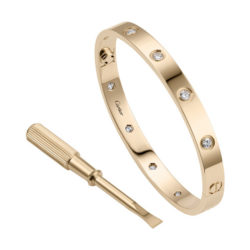
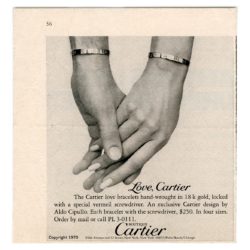
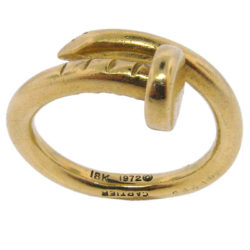
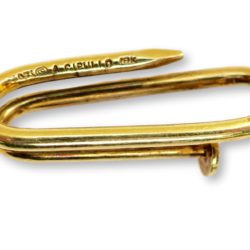
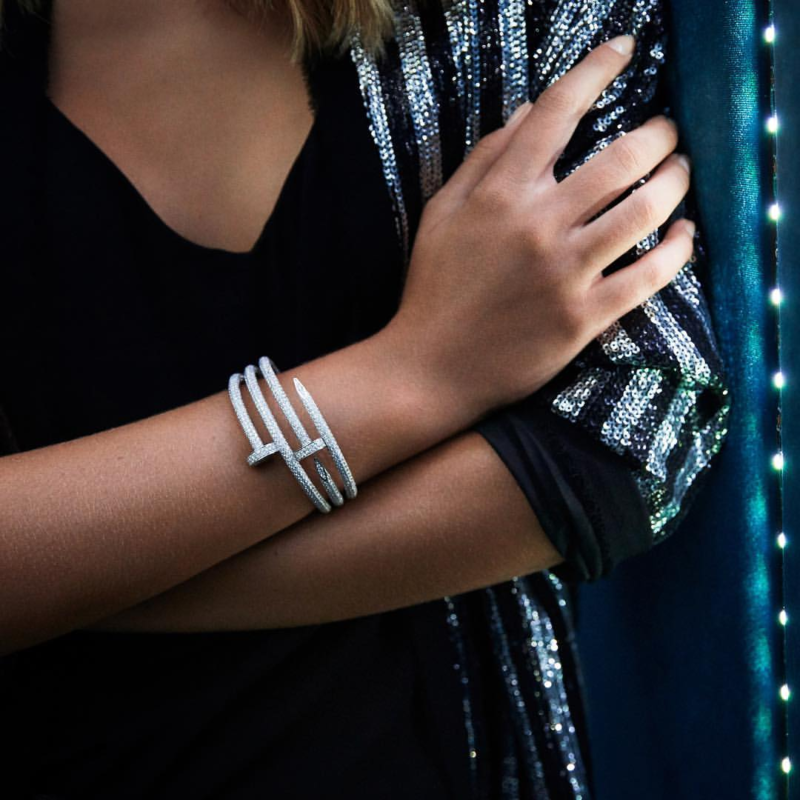

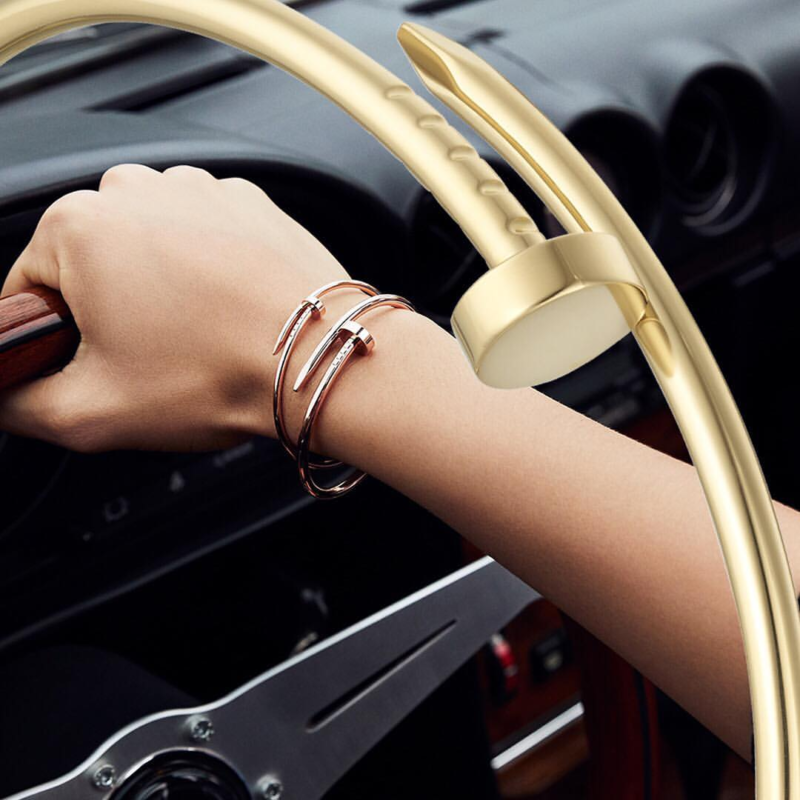
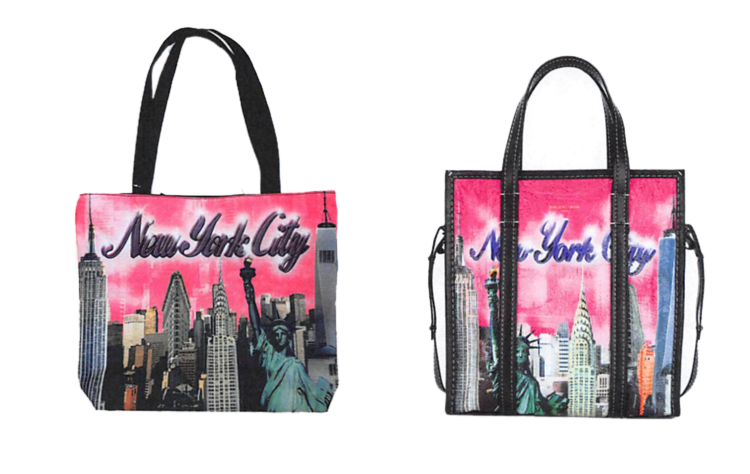
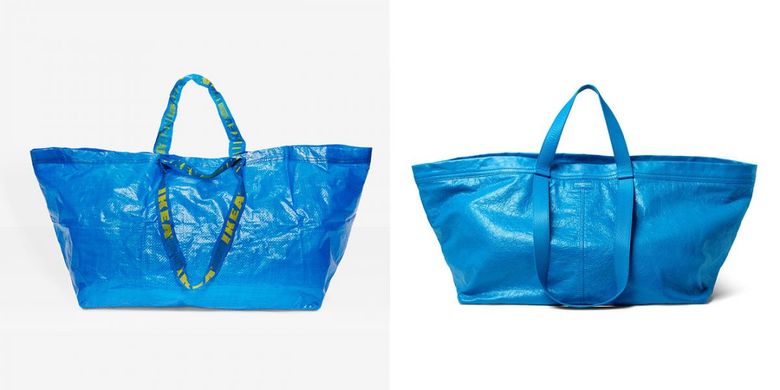
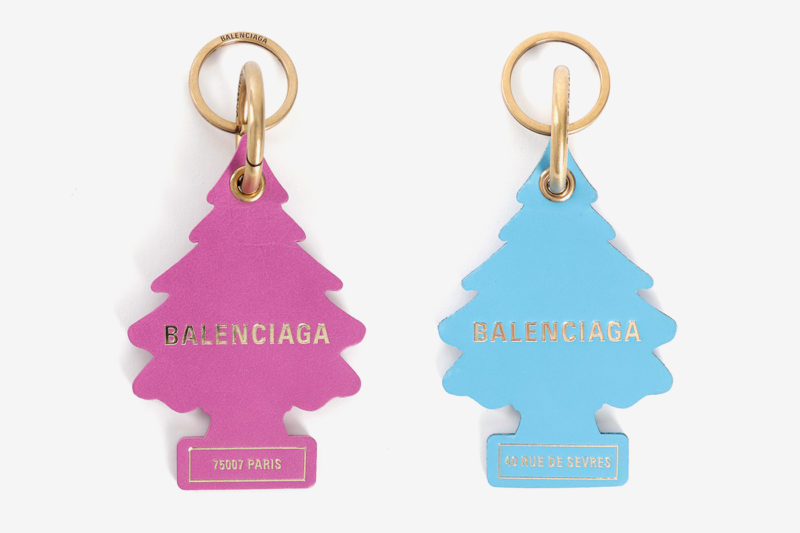
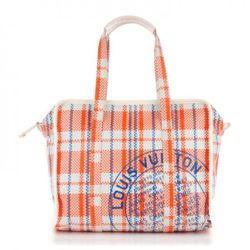


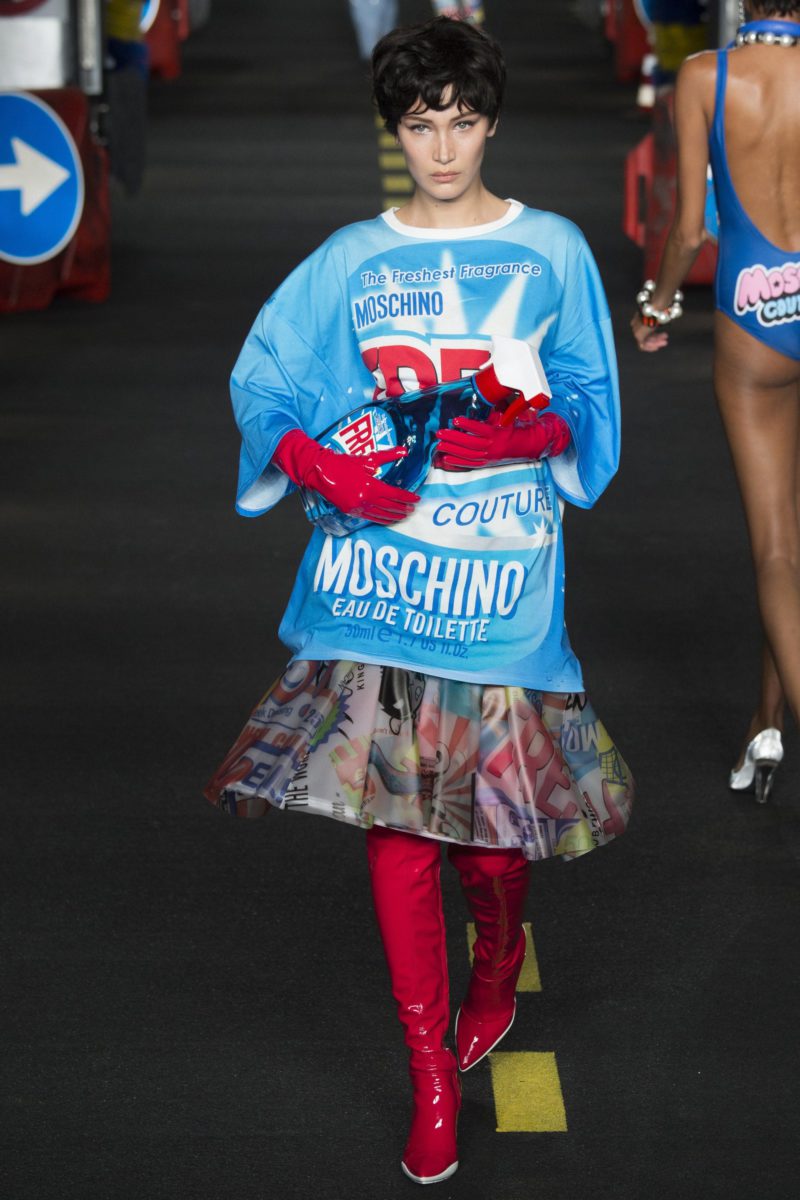
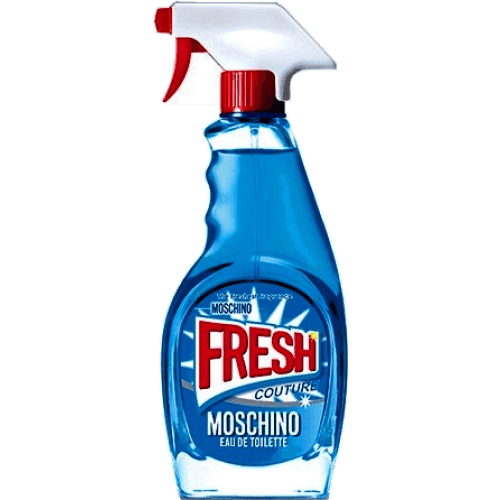





 San Serriffe typographic Island
San Serriffe typographic Island Design, creativity and oblique strategies!
Design, creativity and oblique strategies! Tote bag, a new social totem?
Tote bag, a new social totem? Sister Corita Kent, the Pop Art nun
Sister Corita Kent, the Pop Art nun Donald Trump, the martyr who makes history
Donald Trump, the martyr who makes history CadoMaestro – Brand identity
CadoMaestro – Brand identity Châtelet, Musical Theater of Paris – Brand identity system
Châtelet, Musical Theater of Paris – Brand identity system Klara energy, proud to be responsible
Klara energy, proud to be responsible Green Group of the Senate – Visual Identity
Green Group of the Senate – Visual Identity Abdou lawyers – Visual identity
Abdou lawyers – Visual identity Ben Bos, the big “Bos” of dutch graphic design!
Ben Bos, the big “Bos” of dutch graphic design!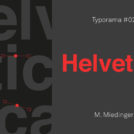 Typorama #02: Helvetica, my love!
Typorama #02: Helvetica, my love! The CIA gets a new identity!
The CIA gets a new identity! Creating a universal language
Creating a universal language Gordon Young, a mason typographer!
Gordon Young, a mason typographer!
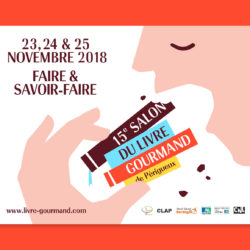
Leave a Reply